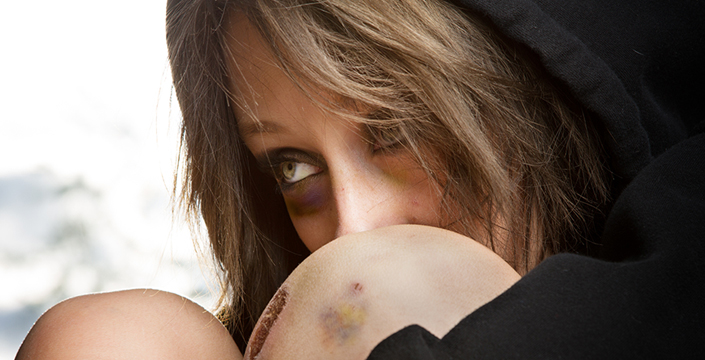
When we hear about human trafficking most of us think of foreign born victims being transported and forced into unpaid labour through debt, bondage or coercion. While this does happen, most of us are unaware that young Canadians are the major source of revenue for sex traffickers in Canada. Ninety percent of these young people are female between the ages of 12-21 years old. It is estimated there are 40,000 of these victims in Canada.
Predators seek out vulnerable teens and befriend them to gain access and control. They do their homework and research their victims on social media, learning all about their family life, their pets, friends and any difficulties they are having. They look for cracks in the armour. There is the promise of love and stability if the teen is lonely and feels unloved. There is the promise of the good life with their new “boyfriend”. The “boyfriend” soon becomes the abuser with the teen owing him money for what he has provided or to maintain their lifestyle. By this time drugs, alcohol and physical and emotional abuse are also usually involved.
The abuser relocates and isolates his victims. They are systematically brainwashed by having all choices removed and all activities monitored. They have to ask permission to eat, sleep or use the toilet. There is a cycle of verbal and physical abuse and then attentiveness with the victim never knowing when the abuse will come. It is staged to keep them confused and frightened. To pay their debt they must work at a strip club or have sex with paying customers and the money is taken by their “boyfriend”. The “boyfriend” then threatens to expose their activities to their families and friends if they do not comply or to hurt their families, friends or pets.
They are moved from one inexpensive hotel to another up and down the 401 corridor. Their services are advertised on the Internet and customers come to the hotel. These victims are close at hand but at the same time they are invisible, hidden away in hotel rooms. They are owned by their abuser and too frightened, confused and drugged to change their situation. They may not know where they are or even which city they are in. They have no money and are unable to leave under threat of violence to themselves or family. Fear and shame provide an invisible but very real chain on these victims.
Human trafficking cases are extremely complex with the evidence being the victims themselves who are traumatized and often too frightened to come forward. Educating our youth regarding these predators is an important part of prevention. Timea Nagy a survivor of trafficking provides education to the police and the public and is working to help survivors of human trafficking. She has information regarding her work and services at her website timeascause.com and timeanagy.com. Online training for professionals can be found at helpingtraffickedpersons.org.
